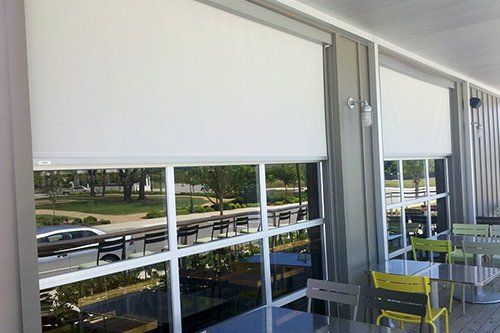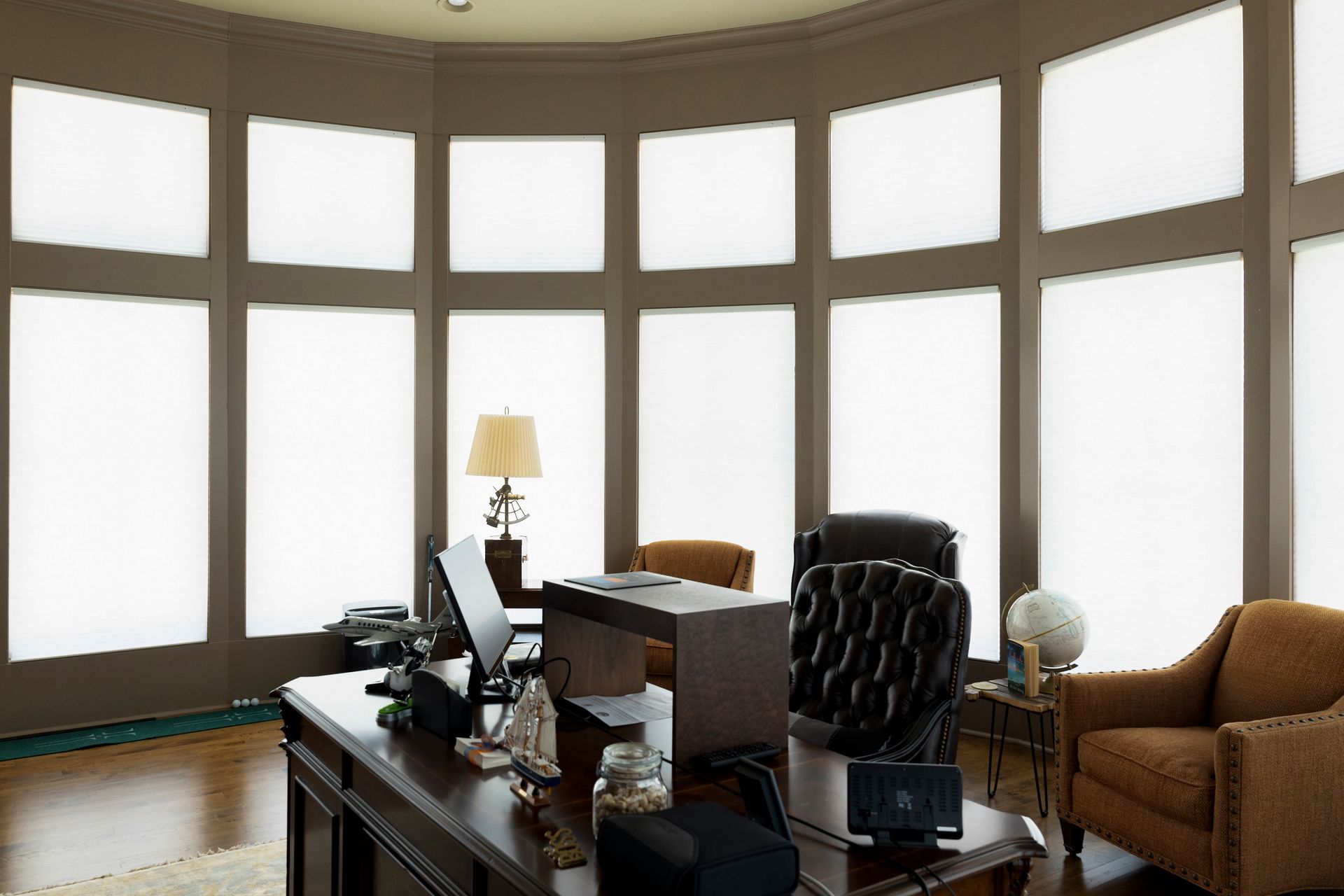If you’ve been looking for some new window shades, you’ve probably run across the term solar optical properties. Although this term sounds complex, the basics of it are really simple and knowing them can help you learn what type of shades are ideal for your property.
What Are Solar Optical Properties?
A solar optical property is a characteristic of shades that has many determinants. These determinants reflect the total solar energy transmitted (Ts), the total solar energy reflected (Rs), the total solar energy absorbed (As), the visible light transmitted (Tv), the total ultraviolet factor (Tu), and the openness factor (Of). They combine to make up any given shade’s solar optical property. Here’s some more information about each of these determinants.
Ts
This stands for the total amount of solar energy that can pass through a fabric shade. High numbers of this value indicate higher amounts of total solar energy making its way indoors.
Rs
This stands for the total amount of solar energy that reflects off the shade and back outdoors. Lighter-colored shades usually have higher Rs values, meaning more solar energy reflects outside.
As
This is the amount of total solar energy absorbed in the shade’s fabric. Most of this energy stays out of the room, but a small amount gets re-radiated into the space.
Tv
This is the amount of visible light that passes through glass and into a building. It consists of all colors on the spectrum.
Tu
This factor indicates the amount of ultraviolet light that radiates through the shade’s fabric. It’s expressed as a percentage.
Of
Openness factor indicates the area of the openings in the shade’s fabric. High values of Of mean higher levels of light can pass through these openings.
Energy Efficiency
Property owners often think of energy efficiency in choosing window coverings because energy-efficient materials save on monthly bills. Many factors play into a window treatment’s energy efficiency, including the Shading Coefficient and Solar Heat Gain Coefficient.
Shading Coefficient
The Shading Coefficient consists of a number between 0 and 1 that expresses the amount of shade a window covering provides. Lower shading coefficients mean that more heat gets reflected back outside, while higher shading coefficients mean that more heat comes in the building.
Solar Heat Gain Coefficient
This coefficient expresses the amount of heat that makes its way inside taking into account the entire window system. This includes the fabric and the glass and frame assembly. Lower numbers of this coefficient mean higher amounts of heat that can’t enter the room.
Window Shades
Window shades vary in their shading coefficients. Cellular shades have the lowest shading coefficients and are therefore the most energy-efficient shades. Their coefficients range from 0.25 to 0.45. The shading coefficient for solar shades ranges between 0.3 and 0.6, and Roman shades have a shading coefficient of 0.3. Solar sheer shades usually have a shading coefficient of 0.35.
Wood Blinds
Unfortunately, wood blinds usually have low levels of energy efficiency properties. Motorized wood blinds can, however, open, close, and tilt automatically depending on the amount of sun hitting the window. This motorization increases energy efficiency by minimizing the amount of light coming into a room.
At Just Blinds, we offer shades featuring diverse solar optical properties. The products we sell come made from the highest-quality materials, and we have many designs and styles of shades available. We’ve been serving the Central Alabama area for more than 30 years, and we specialize in custom design and installation of blinds, shades, and shutters. To schedule a time for a free in-home consultation, please contact us.
Expert Advice by Just Blinds


